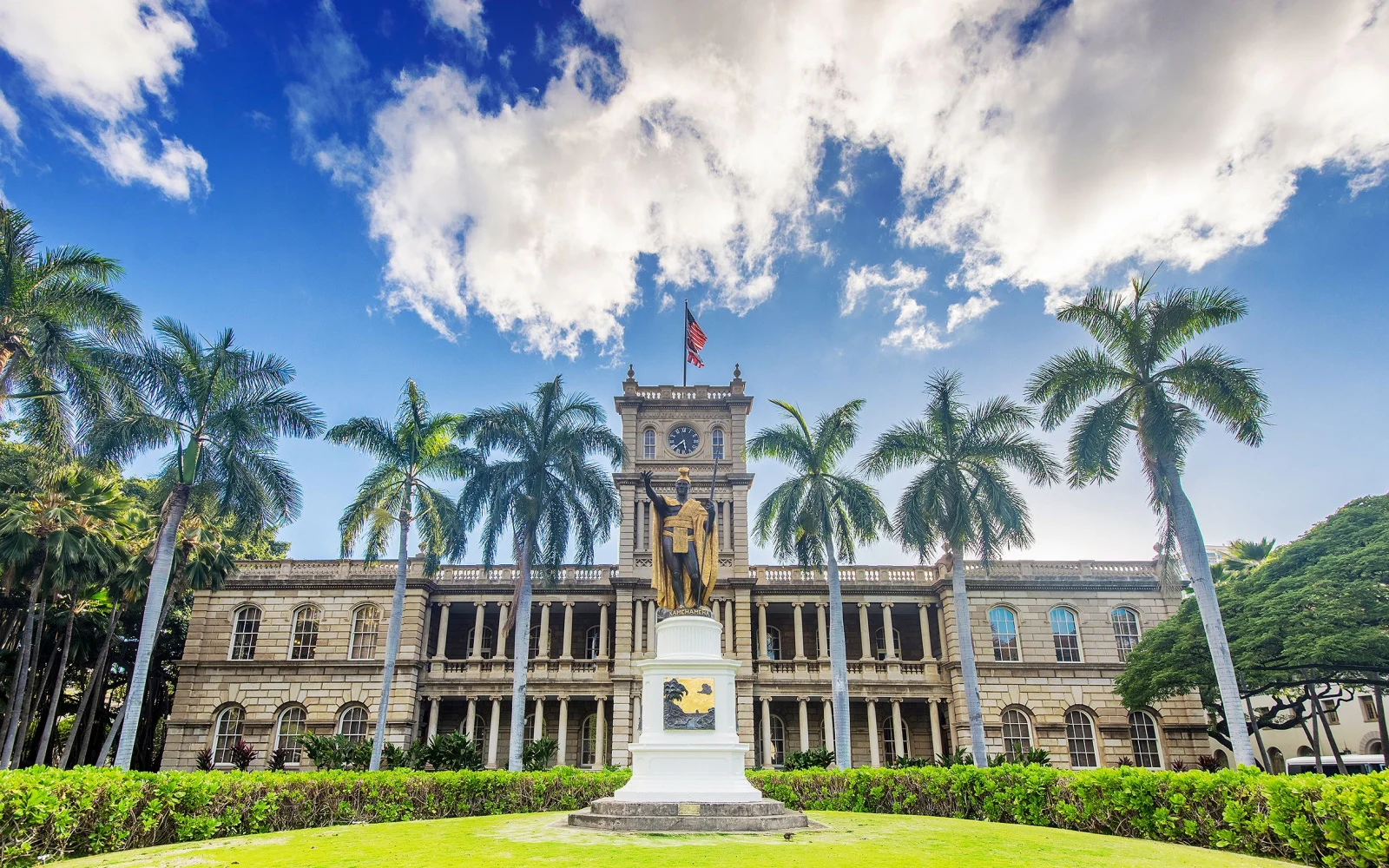The tropical islands of Hawaii are easily one of the most beautiful US states, but these islands were once their own proud, united kingdom. So when did Hawaii become a state? And what historic events led up to Hawaii earning statehood?
The story is actually incredibly interesting and full of betrayal, dishonesty, intrigue, and an eventual happy ending. As you’ll find out in just a moment, it’s not just “When did Hawaii become a state” that you’ll need to find out.
A quick Google search will show you the date Hawaii earned its statehood (August 21, 1959), but that’s not the most fascinating part.
It’s what happened along the way that led this thriving, independent island kingdom to link up with a world superpower and become the 50th state in the United States of America.
Let’s dive in!
When Did Hawaii Become a State?
The journey to statehood was a long, rough one for Hawaii. It didn’t happen overnight. Hawaii officially became a state in August 1959, just a few months after Alaska earned its own statehood in January 1959.
Everything started with the influx of foreigners who noticed Hawaii’s excellent, tactical position in the Pacific Ocean, ample natural resources, and willingness to work with foreigners.
Soon, there was a slow, steady trickle of Americans meddling with Hawaii’s government, buying up land, and joining the legislature to have a say in future votes.
By the time about 80% of the land in Hawaii was owned by Americans and Europeans in 1887, many native Hawaiians had lost the right to vote. Land owner status was required to vote.
This is how the growing number of foreigners serving on the legislature made sure that the natives wouldn’t be able to oust them with voting.
Without the ability to vote on issues affecting the Hawaiian islands, native Hawaiians lost the support and political power needed to have a say in the islands’ future. In a way, it was the beginning of the end for the ancient Hawaiian ways.
Hawaii’s Timeline to Statehood From 1850-1959
A series of fascinating (and sometimes devastating) events and historic milestones from 1850 to 1959 led to Hawaii becoming a US state. We’ll take a look at the winding path through Hawaii’s history with United States below.
1849: Most Favored Nation Treaty With the US

Leigh Anne Meeks/Shutterstock
When did Hawaii become a state? Well, it all really kicks off starting in 1849. That’s when the Kingdom of Hawaii and the United States first signed a treaty together.
The “Most Favored Nation Treaty” was drawn up in 1849 and agreed on by Hawaii’s King Kauikeaouli and the United States. This is what established a friendship and partnership between the growing United States and the Hawaiian islands.
It would one day lead to Hawaii becoming a state, but not until some historic events took place first. The treaty essentially cited that there would be perpetual peace between the government and people of the Hawaiian islands and the United States.
It outlined several principles for how this peace would be ensured with agreements from both Hawaii and the United States.
No customs or duties would be charged to import goods, the United States would be allowed to use the islands’ ports for whaling ships and postal service, criminals would be released into the proper nations’ custody, and so on.
This treaty made it so that Hawaii could be treated as an ally and an outpost — but it also took advantage of Hawaii with technicalities in the treaty that infringed on rights of native Hawaiians.
1850: Hawaii Grants Foreigners Rights to Buy Land and Join Legislature
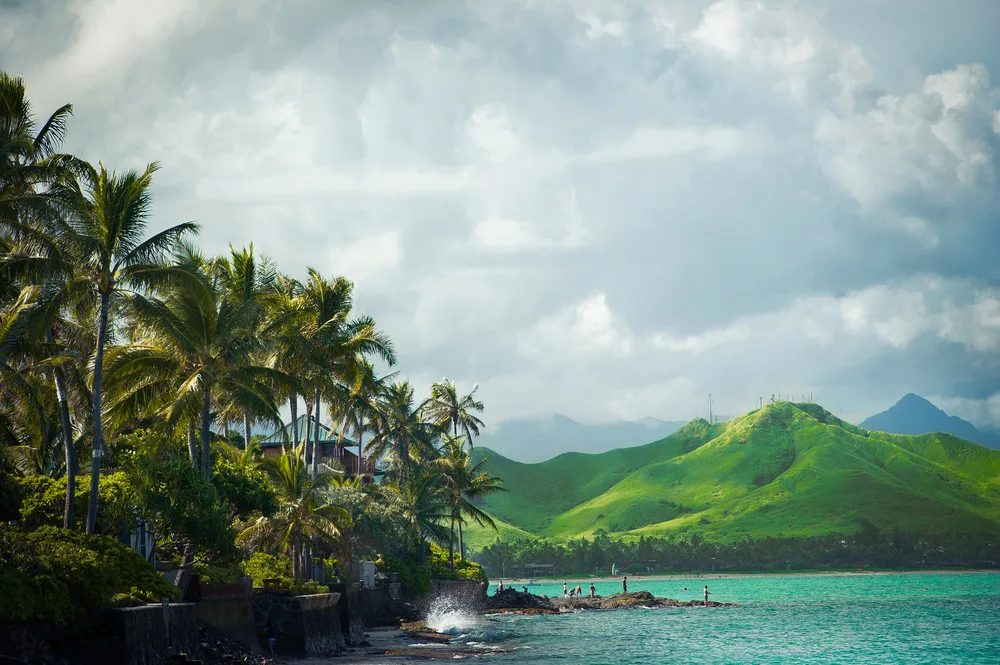
Zoia Kostina/Shutterstock
After the treaty was in place, another major change made in 1850 allowed foreigners the right to purchase Hawaiian land and become members of Hawaiian legislature.
Long-term, this is what lead to the decline in native Hawaiian numbers within the legislature, designed like a combination of the United States Congress and British parliament, and among land-owners.
With many more foreigners than natives in the legislature and few natives owning land under the new, technical policies, Hawaii’s interests began to turn toward foreigners’ interests.
Foreigners snapped up land, even taking lands from natives through technicalities like unsigned paperwork or failure to pay taxes by people living on land that had been their ancestors’ centuries before.
By 1887, about 80% of the land in Hawaii would be owned by foreigners from America and Europe. Roughly 2/3 of native Hawaiians would lose the right to vote, making all political issues on the islands swing to the foreigners’ interests over time.
1861: US Civil War Increases Sugar Demand and Trade

Everett Collection/Shutterstock
Once the United States Civil War began, demand for sugar increased and Hawaii’s ability to supply sugar at an affordable price was unmatched.
Hawaii had already been supplying a growing amount of sugar to the United States from its thriving sugar plantations in the late 1940s after the California Gold Rush.
The Big Five — 5 foreign-owned sugar plantations that created and held a sugar monopoly throughout the Hawaiian islands — stepped in to fulfill the United States’ sugar needs.
These Big Five companies were Alexander & Baldwin, Castle & Cooke, American Factors, Theo, and C. Brewer. They employed Chinese and Japanese plantation workers to keep up with the demand after a native Hawaiian sugar strike in 1946 created a worker vacuum that was quickly filled with migrants.
These companies also controlled much of the banking and shipping industries in the Hawaiian islands, leading to their further monopolizing the growing economy of the islands.
With the Northern United States unable to get sugar from the Southern United States during the Civil War, they turned to Hawaii for uninterrupted supply in 1861.
Hawaii was able to produce and export enough sugar to stabilize the trading relationship between Hawaii and the United States, strengthening the bond and paving the way for future partnerships and deals.
At this point, you’ve got foreign interests with the right to own land, vote, be members of the Hawaiian legislature, and steer the economy by creating monopolies on the most profitable industries. You can see how Hawaii’s independence was already being undermined.
1874: King Kal’kaua Signs the American Reciprocity Act of 1874
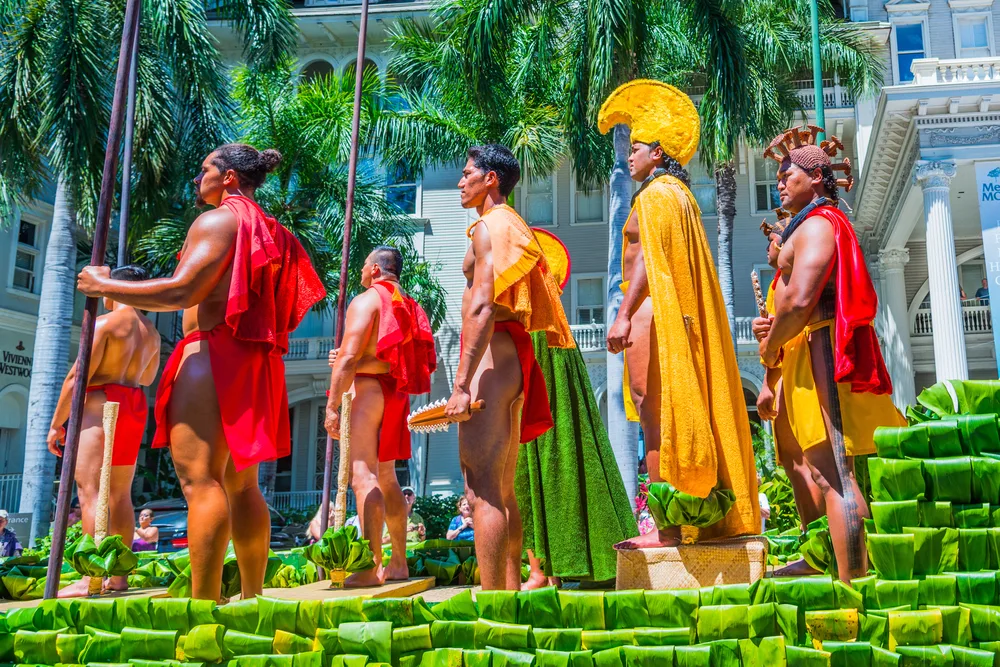
100th Annual King Kamehameha Day Parade in 2016 on Kalakaua Avenue in Waikiki Beach/Gordon Fahey/Shutterstock
The Hawaiian king at the time, King Kal’kaua, saw that the export of Hawaiian sugar was good — no, great — business for the islands. But Hawaii was still paying taxes on sugar exports and losing out on potential profits.
The American Reciprocity Act of 1874 was the solution presented to the king as a win-win situation. He would export sugar duty-free and keep more of the profits.
The Big Five sugar companies would be able to deliver their product from the Hawaiian islands all the way to the United States and other countries without paying additional money to do it.
The United States would, in exchange, be able to use Pearl Harbor as a naval base. The United States was roping Hawaii in, slowly but surely.
Owning land, voting and creating laws, earning record profits off Hawaii’s natural resources, and now, turning Hawaii’s ancestral lands into military bases — the path to statehood was being forged.
1898: The Annexation of Hawaii
Political leaders in the US tried to annex Hawaii several times since 1854, but were never able to get enough support to pass the measure. That changed in 1898.
By 1898, the Spanish-American war had political parties looking for another suitable naval base and cooling station in the Pacific Ocean. Hawaii was perfect.
The joint resolution for annexation of Hawaii was presented to President McKinley and Congress in 1898, where it passed with overwhelming support in the House and Senate. Hawaii was now an annexation of the United States and well on its way to becoming a state.
1959: Hawaii Officially Becomes a State
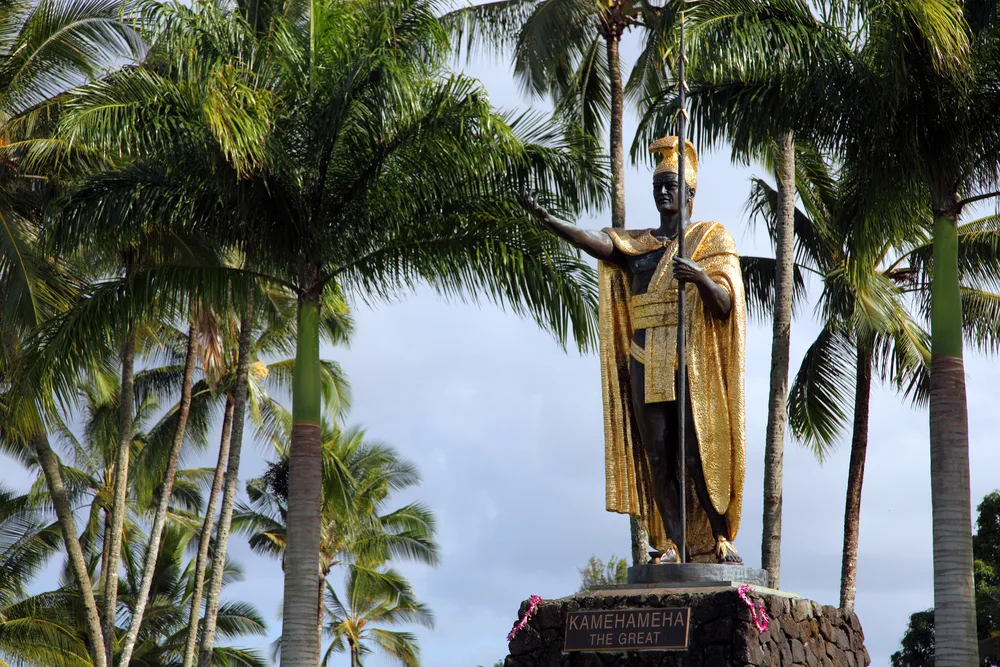
Hawaii, Big Island Statue of Kamehameha the Great/pierdest/Shutterstock
At this point, both Alaska and Hawaii held the same status — US territories that were not part of the contiguous United States of America as actual states. The Hawaii Statehood Commission was formed in 1947, but there was a lot of opposition on all sides.
It wasn’t until Alaska and Hawaii decided to work together that they both earned statehood. In 1959, bipartisan legislation giving Alaska statehood first, then Hawaii, was passed by both the House and Senate under President Eisenhower.
The final step was a special vote by Hawaiian citizens on the topic of statehood. A vast majority of Hawaiians voted in favor of statehood – about 93%.
But the small island of Ni’ihau (inhabited entirely by native Hawaiians) voted against statehood. Still, the majority ruled and Hawaii officially became the 50th state on August 21, 1959.
Things to Consider
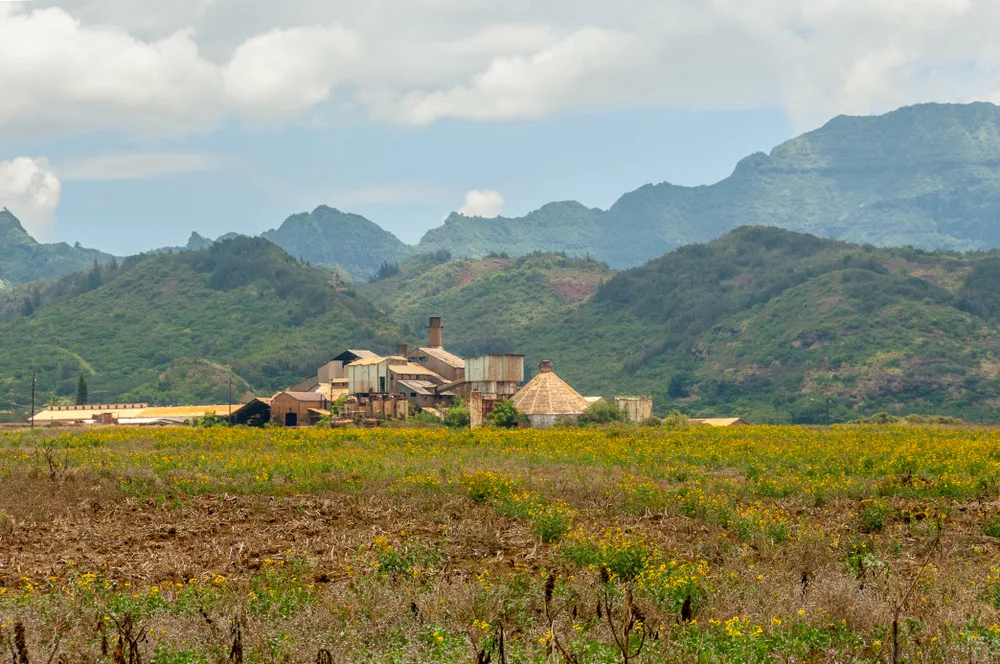
Denise Ankrum Photography/Shutterstock
Having a well-rounded understanding of the events surrounding Hawaii’s admission as a United States state in 1959 is important. Here are some things to keep in mind as you reflect on and do more research on the topic!
- The statehood bill was signed on March 18, 1959. President Dwight Eisenhower signed the bill (the Hawaii Admission Act) to make Hawaii a state on this date in 1959, but it still had to be voted on in a referendum by Hawaiian citizens in June 1959. The official statehood admission took place on August 21, 1959 when President Eisenhower signed the official proclamation.
- Many Hawaiians wanted statehood. It may seem like it was a terribly one-sided thing, but we can’t forget that many native Hawaiians were in favor of statehood. In fact, a majority (93%) of them wanted to become a state and voted in favor of the Hawaii Admission Act in June of 1959. Only the citizens of Ni’ihau voted against it.
- This isn’t a complete history of Hawaii. The history of these islands is amazingly intricate and long-spanning, so this guide detailing when did Hawaii become a state couldn’t possibly encompass all of it. From forced exclusion of the native Hawaiian language to foreigners overthrowing Hawaiian monarchs (kings and queens), it’s worth digging into Hawaii’s history a little deeper to understand the whole story.
- Sugar is no longer an industry in Hawaii. While the sugar plantations and exports played a huge role in Hawaii becoming a state, the last sugar plantation in Hawaii closed its doors in 2016 (Maui’s Hawaiian Commercial & Sugar Company). Sugar is now cheaper to produce outside of Hawaii.
Frequently Asked Questions
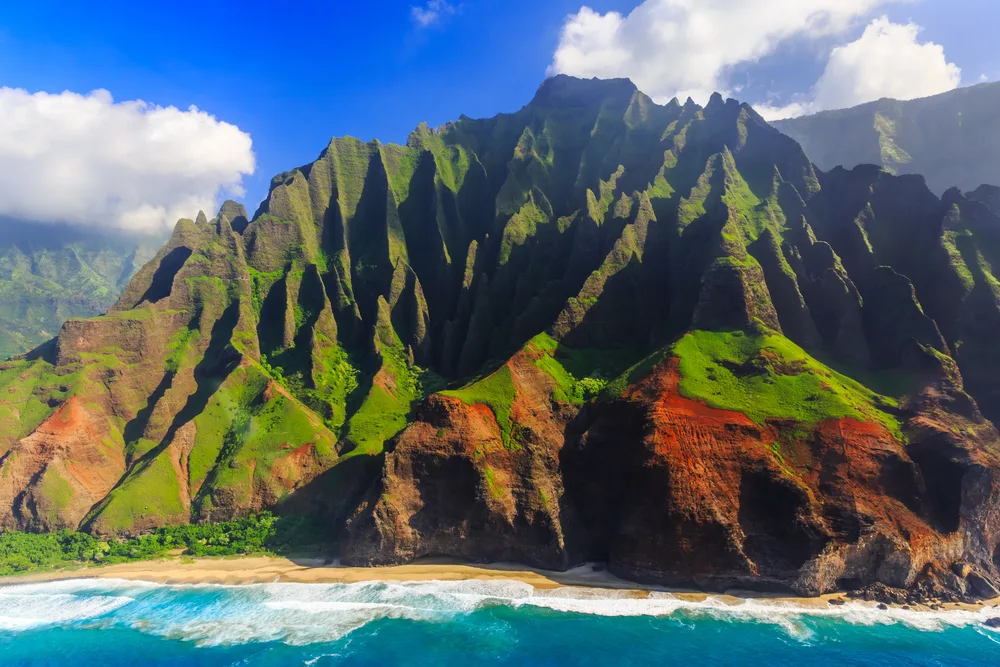
SCStock/Shutterstock
When did Hawaii become a state? Why aren’t other U.S. territories given statehood status? What was Hawaii before it became an official state? Take a look at the most frequently asked questions on Hawaii’s statehood below to learn more.
What was Hawaii before it was a state?
Hawaii was a monarchy (the Kingdom of Hawaii) under rule of kings and queens until the monarchy was overthrown in 1893. It became a republic with representatives voting on behalf of citizens next.
By 1898, Hawaii was annexed by the United States and it officially became the 50th state in the country in August 1959.
Why is Hawaii a state and not Puerto Rico?
Statehood requires support from the citizens of the area in question in order to be passed and accepted. Whereas 93% of Hawaiian citizens voted in favor of statehood, Puerto Rican citizens have rejected the idea and voted against statehood several times.
When did Hawaii become a state and why?
Hawaii became a state officially on August 21, 1959 after the House of Representatives and Senate passed the Hawaii Admission Act signed by President Eisenhower in March 1959.
Hawaiian citizens voted in a referendum to become a state in June 1959 and the official proclamation was signed by the president just a few months later in August.
Was Hawaii a state before Alaska?
No, Hawaii was not a state before Alaska. Alaska was purchased in 1867 and considered a territory of the United States until its official admission into statehood in January 1959 -- 8 months before Hawaii became a state.
Why isn't Puerto Rico a state?
Puerto Rico remains a United States territory without statehood to this day because its citizens have voted against statehood in 6 referendums so far. Hawaii, on the other hand, wanted to become a state and the majority of its citizens (93%) voted in favor of statehood in the 1959 referendum.
So, When Did Hawaii Become a State?
Hawaii became a state on August 21, 1959, but it wasn’t a sudden development out of nowhere — it was on the heels of decades of building history and partnership between the two nations.
What was once an independent island kingdom transformed over the years into a close partnership with the United States, then annexed territory, and finally, a true, official state in the United States of America.
As the 50th state in the U.S., Hawaii earned its statehood at nearly the same time as Alaska and still is recognized as one of the most beautiful, diverse, and historic parts of the country.
It’s now more important than ever to recognize the milestones and sometimes-painful history of these stunning, tropical islands.
As years fly past, we can’t forget the events that led up to the nation we know and love today — even if they make us a bit uncomfortable to recognize.



